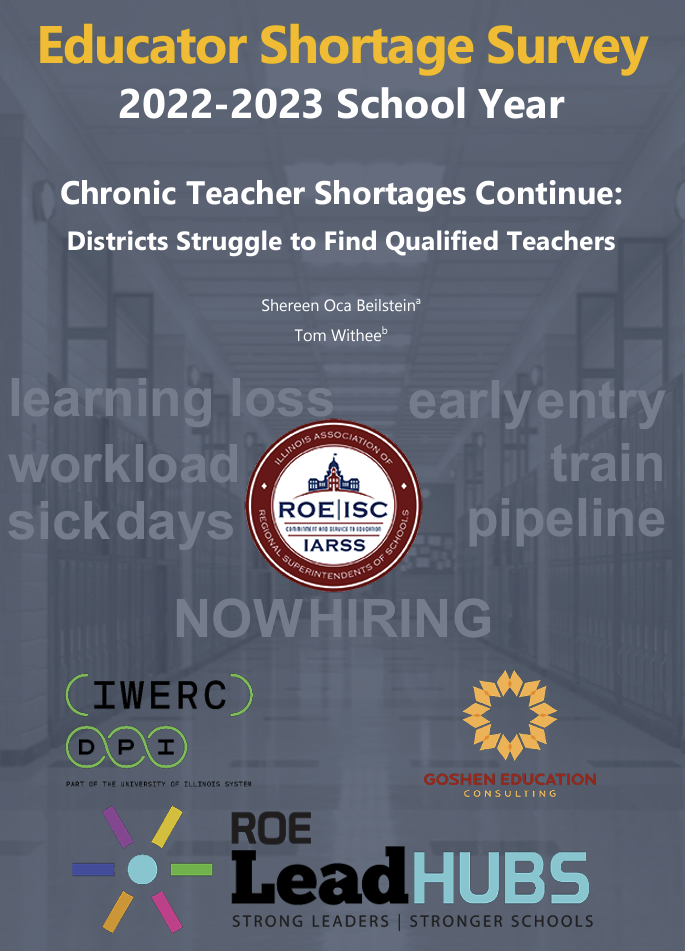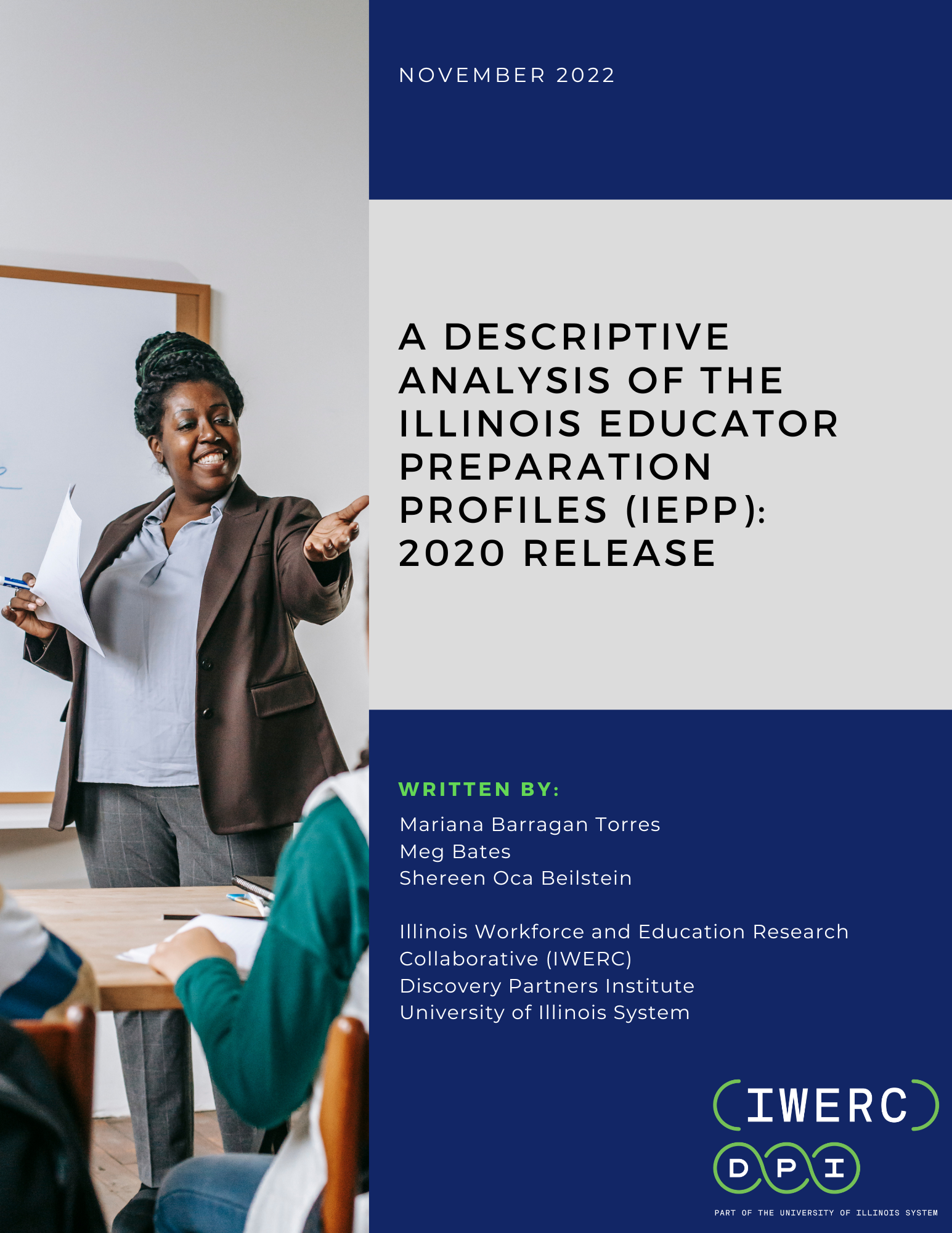IWERC and its partner, NORC at the University of Chicago, received a National Science Foundation grant (Award #2344942) to investigate and identify effective retention strategies for science and math teachers (SMTs) in high-need school districts in rural Illinois. Together, they will conduct a mixed-methods study that examines:
- What organizational and community characteristics are associated with rural SMT retention and effectiveness; and
- What school and district policies, strategies, and practices contribute to rural SMT retention and effectiveness.
The quantitative components of our work will include a landscape analysis of high-need rural districts using administrative data at the school and district levels and a web-based survey of all middle and high school SMTs in rural high-need districts in Illinois.
The qualitative component will be a case study that includes five high-need rural districts with positive trends in teacher retention to better understand variations in geographic and district, school, and community contexts.
Rural areas experience teacher shortages that exceed the national average. Nonetheless, research on the retention of high-quality teachers – who are essential to student learning – in rural settings remains scarce. This study will help address that gap by examining what factors impact teacher retention in rural Illinois while carefully considering the context of these communities, including school-community relationships, the lingering impacts of COVID-19 on rural districts, and other unique factors.
This material is based upon work supported by the National Science Foundation under Award No. 2344942. Any opinions, findings and conclusions or recommendations expressed in this material are those of the author(s) and do not necessarily reflect the views of the National Science Foundation.
Want to learn more about the project and meet the team?
Watch this video























